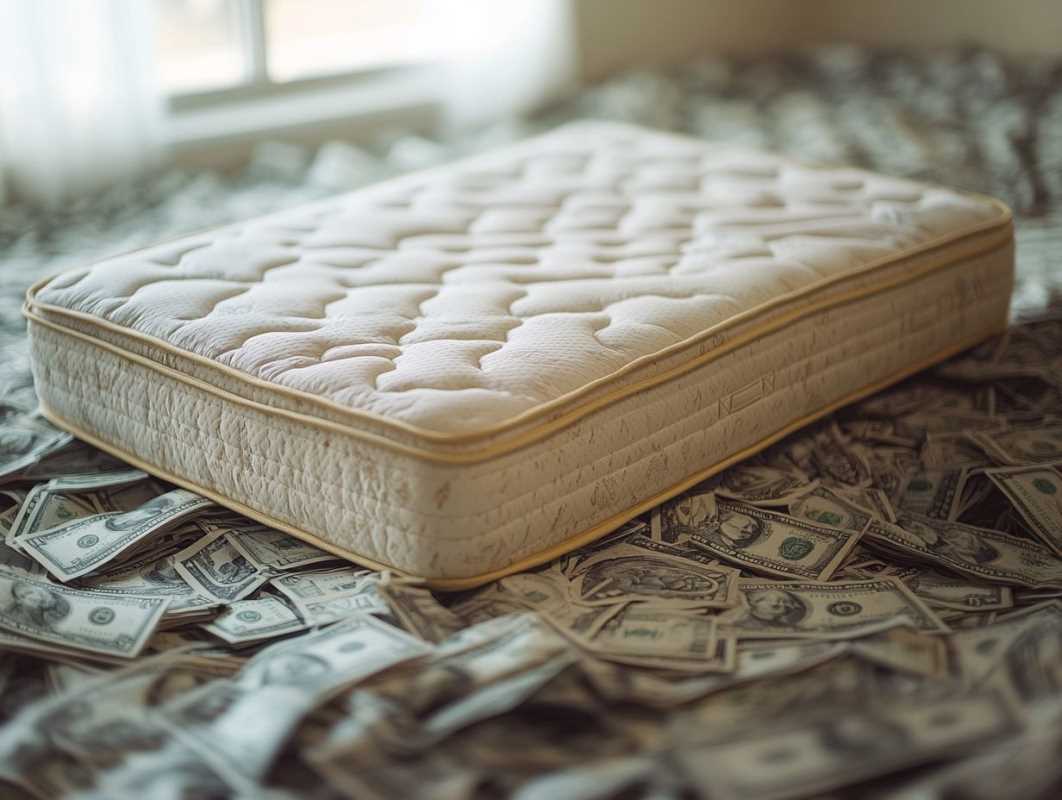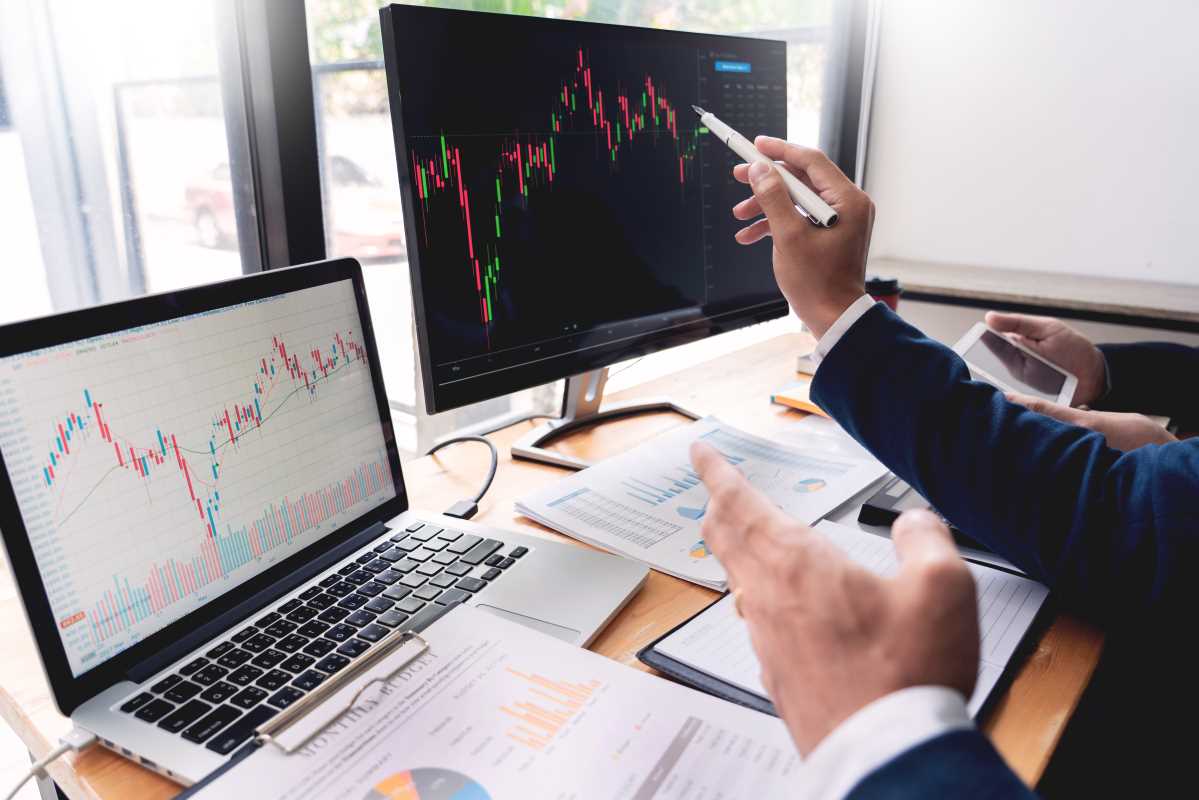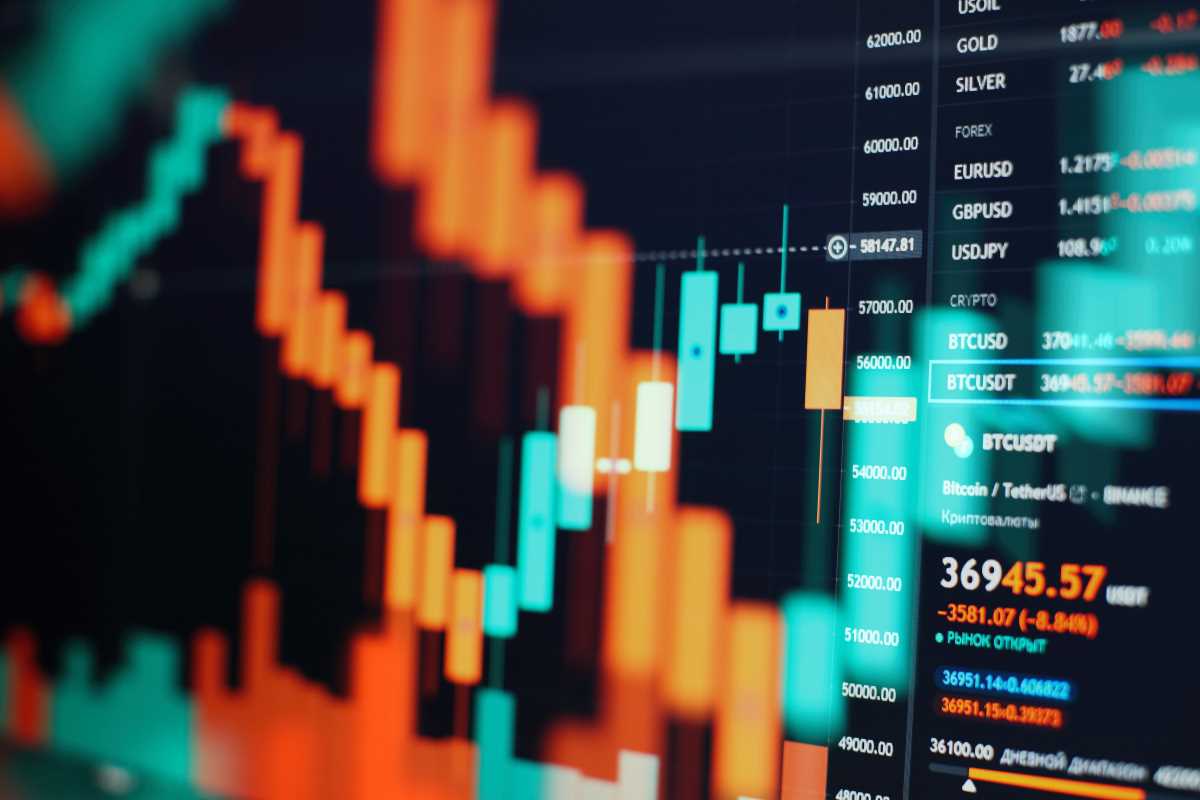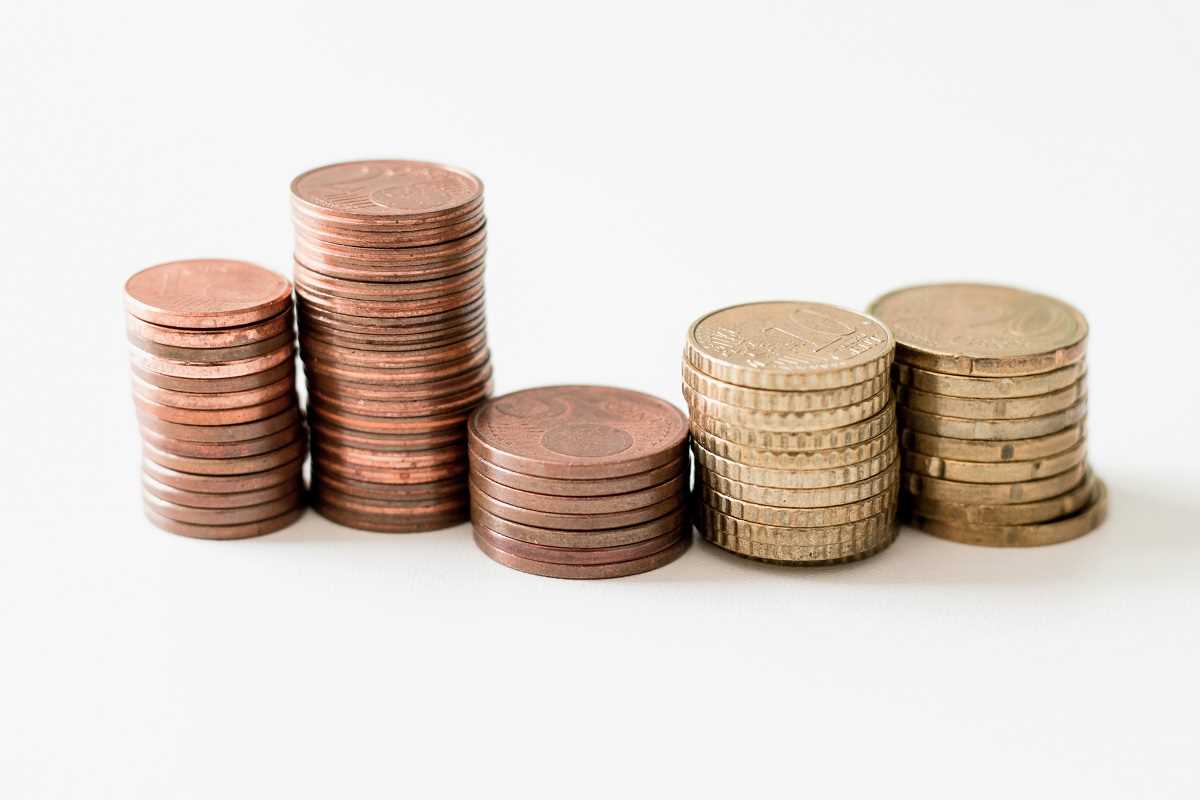Investing can sometimes feel overwhelming, especially when you're just starting out. Stocks, bonds, mutual funds—it’s a lot to wrap your head around. But what if you could invest in something fun, tangible, and even a little glamorous? Enter the world of collectible investments. From fine art and vintage wine to rare sneakers and limited-edition trading cards, this niche within investing offers high appeal and potential returns—but also comes with its own risks.
If you're a new investor wondering whether collectibles are worth adding to your portfolio, we’re here to break it all down for you.
What Are Collectibles?
First things first, what qualifies as a "collectible"? A collectible is a physical item that people deem valuable due to its rarity, demand, or cultural significance. These items are often sought after by enthusiasts or investors who hope their value will appreciate over time. Common examples include:
- Art (paintings, sculptures, installations)
- Wine (vintage bottles, rare labels)
- Sports memorabilia (autographed baseballs, trading cards, or jerseys)
- Luxury goods (e.g., designer handbags or watches)
- Sneakers (limited-edition collaborations)
- Comics and trading cards (like Pokémon or Magic the Gathering)
The universal appeal of collectibles lies in their tangible nature—they're items you can hold, display, or even use (in some cases). For many investors, this makes them distinctly more thrilling than numbers on a portfolio spreadsheet.
However, the million-dollar question remains: is investing in collectibles really worth it?
The Potential Benefits of Investing in Collectibles
1. Diversification
One of the first lessons in investing is the importance of diversification—spreading your investments across various asset classes to reduce risk. While stocks and bonds dominate most portfolios, adding alternative assets like collectibles could help balance your portfolio. Since the performance of collectibles doesn’t directly correlate with the stock market, they can act as a “buffer” during downturns. For instance, your fine art collection won’t necessarily dip in value just because stocks are having a bad year.
2. Cultural and Emotional Value
Unlike stocks or mutual funds, collectibles often carry intrinsic or personal value beyond their market price. For example, owning a piece of rare art can bring pride, joy, and even prestige. Similarly, wine collectors may relish the process of curating bottles or hosting tastings. This emotional appeal can make investing in collectibles uniquely fulfilling, even if they don’t immediately yield financial returns.
3. Potential for High Returns
While no investment is guaranteed, certain collectibles have yielded jaw-dropping returns. For example:
- A 2009 Screaming Eagle Cabernet (a cult wine) originally retailed for a few hundred dollars but is now valued at thousands per bottle.
- The sneaker resale market has seen limited-edition Air Jordans skyrocket from $200 retail to $1,000+ on resale platforms.
- A 1938 Superman comic sold for $3.25 million in 2021, cementing its place as one of the most valuable comic books of all time.
These success stories make collectibles incredibly enticing for adventurous investors willing to take the leap.
4. Tangible Assets
Stocks exist in the abstract—you can’t physically hold shares of a company. Collectibles, on the other hand, are tangible. They’re real items that can be displayed, used, or stored for future generations. For collectors who enjoy showcasing their investments, this is unbeatable.
The Risks of Investing in Collectibles
Of course, like any investment, collectibles come with their share of risks. It’s essential to weigh these before jumping in.
1. High Volatility
Collectibles markets can be unpredictable. Unlike stocks, which often follow broader patterns in the economy, the value of collectibles relies heavily on subjective factors like trends, hype, and personal taste. For instance, some art styles that are "on-trend" right now could lose value as tastes evolve. Similarly, a sneaker that’s hot today may fade into obscurity in a few years.
2. Lack of Liquidity
One major downside of collectibles is how difficult they can be to sell when you want to cash out. Unlike publicly traded stocks, which can typically be sold within seconds, finding a buyer for a rare painting or bottle of wine can take months (or even years). And even then, you’ll need to account for transaction fees, auction house commissions, or platform cuts.
3. Storage and Maintenance Costs
Unlike a digital or paper asset, collectibles often require proper storage and care to preserve their value. Paintings may need professional framing, trading cards benefit from specialized casings, and wine should be stored in temperature-controlled cellars. These ongoing costs can eat into your returns over the years.
4. Market Expertise Is Crucial
Investing in collectibles isn’t as simple as browsing eBay and picking items that "look cool." Successful collecting often requires deep knowledge of the specific niche—whether that's art history, sneaker trends, or wine ratings. Without this knowledge (or access to someone who has it), you could fall into amateur traps, like overpaying for items with minimal resale value.
5. Scams and Fakes
Counterfeit collectibles can be a nightmare—not only because they lose value but also because they can land investors in legal trouble. Whether it’s a painting with forged signatures or fake limited-edition sneakers, inexperienced collectors are at particular risk. Ensuring authenticity (via certificates or trusted dealers) is an absolute must.
Tips for Investing in Collectibles as a Beginner
Interested in trying your luck with collectibles? Here are some practical tips for new investors:
1. Start Small
You don’t need to spend $10,000 on a painting to begin building a collectibles portfolio. Look for smaller investments—for example, lower-priced wines or sneakers under $200. This allows you to test the waters without a significant financial risk.
2. Do Your Research
Take time to become an expert (or at least well-informed) in your chosen category. Read articles, watch videos, attend trade fairs, and consult with experts who can help guide your first purchases.
3. Focus on Quality Over Quantity
A single, high-quality collectible may outperform a dozen low-demand items. For example, instead of purchasing five generic sports jerseys, you’d perhaps see better returns with one signed jersey from a legendary player.
4. Consider Professional Guidance
If you're serious about investing, consulting with experts or brokers specializing in collectibles can be worth the cost. They can help authenticate items, identify trends, and advise on storage.
5. Diversify
Even within collectibles, diversification is important. For example, instead of putting all of your money into wine, consider splitting it between wine, sneakers, and art. This strategy spreads your risk across various markets.
Is Investing in Collectibles Right for You?
Whether collectible investments are worth it depends on your goals. For new investors, collectibles can be a fun and engaging way to dip your toes into the world of alternative investments. However, they shouldn’t replace traditional investments like retirement funds or stocks.
Think of collectibles as the “dessert” in your portfolio—a way to diversify and indulge your personal passions while keeping more stable investments as your main course.
If the idea of owning rare art, fine wine, or limited-edition sneakers excites you, start small and learn as much as possible. Who knows? That “just for fun” collectible might transform into a financially and personally treasured asset.
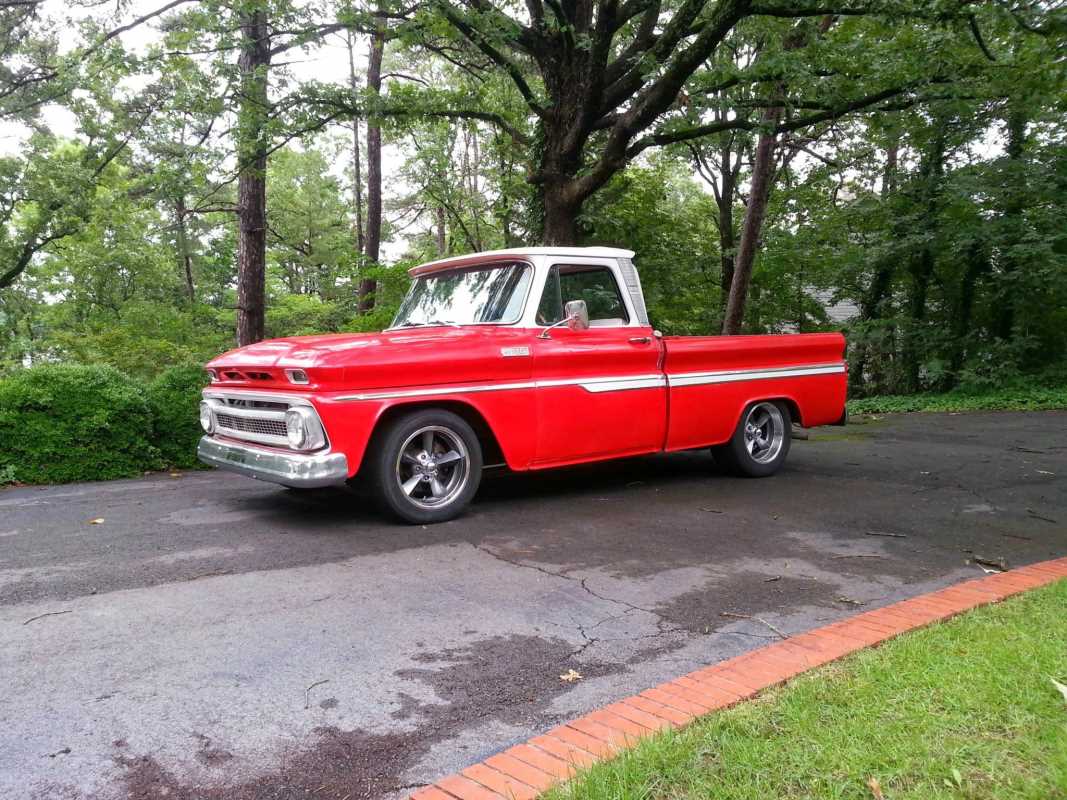

.jpg)
